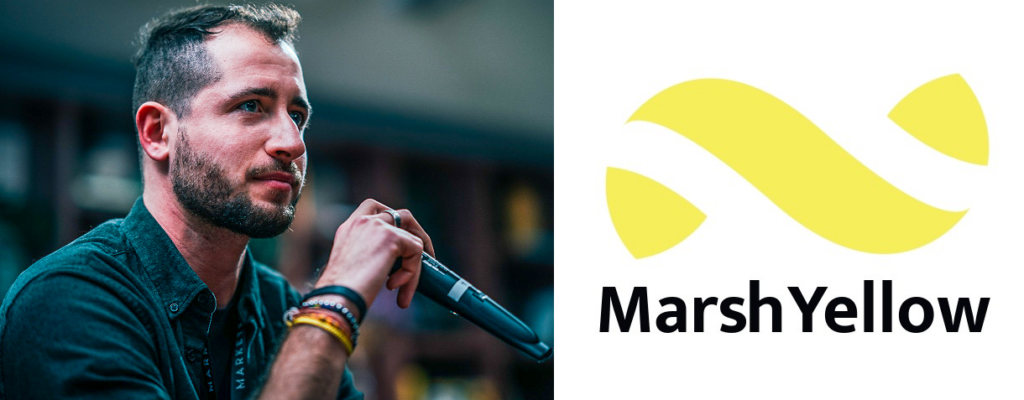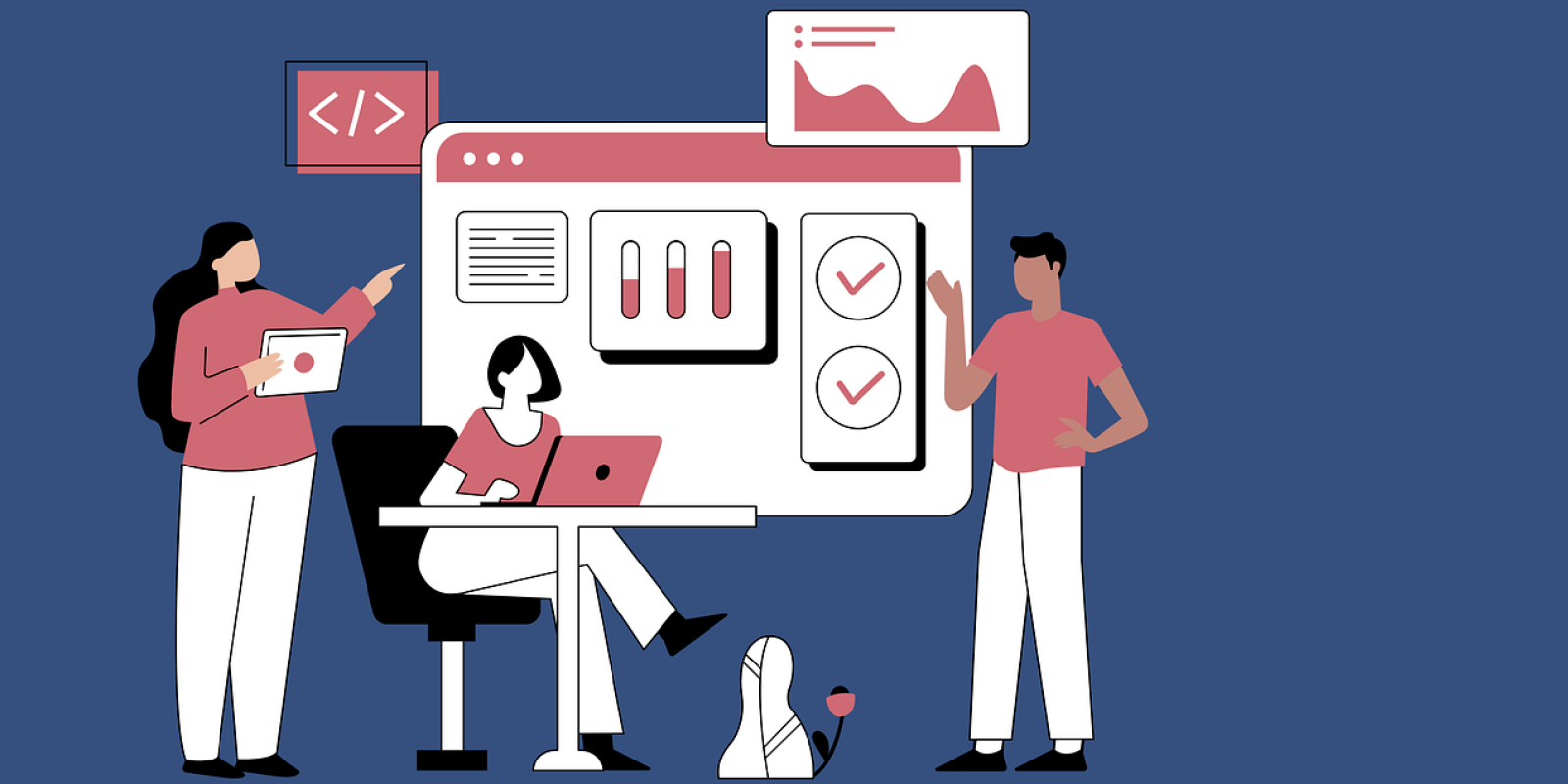The Lean Startup method was developed by American entrepreneur Eric Ries in 2008 but is still extremely relevant because it helps startups abandon a failing approach that has remained very much ingrained: startuppers are in a deleterious rush to raise funds and spend them on the development of their product/service. The Lean method calls for changing this approach in the direction of a new entrepreneurial culture that makes startups able to move from idea to monetization.
Especially in the field of innovation, it is easy to see startuppers caught up in the anxiety of raising as much money as possible in as little time as possible to complete the development of the product/service, the anxiety of "getting there first" for fear that someone else will "steal the idea"-it is an attitude dangerously predisposed to failure. It is an attitude that all too often underlies products or services that are launched prematurely and crash into the marketplace due to the absence of interest or the discrepancies between the idea and the reality of the need it is intended to satisfy.
The importance of the go-to-market strategy
The situation we described at the end of the previous paragraph occurs because, in their haste to launch into the market, startups often neglect a key step, namely product/service validation.
Trying to perfect your product to the millimeter for months on end and then throwing it out into the market cold exposes you to the high risk of having wasted time and economic and human resources on something that either has no market or does not have one as it is structured. It doesn't matter that someone else may have a similar idea and get there first: it's the execution that counts, because the devil is in the details, and above all, it is very difficult for you to have invented something completely new!
To increase the likelihood of success, it is essential to develop an appropriate go-to-market strategy, which does not literally mean just "going to market," but rather doing market testing and gathering feedback on the product/service before actually putting it on sale.
The most common mistakes are getting pricing wrong, not differentiating from something already on the market, not taking proper care of usability or user experience, not having all the features the target audience would need. To avoid these mistakes, it is useful to adopt the Lean Startup approach.
The Lean Startup method for lowering the risk of failure
The idea of the Lean method comes from the "Lean Manufacturing" model developed by Toyota in the 1970s, which Eric Ries adapted to innovative startups.
This model involves three steps before the official launch of a product or service:
- Creation
- Measurement
- Learning..
The three steps are embodied in four processes that serve to reduce the uncertainty that is congenital to the startup world:
- development of an MVP(Minimum Viable Product), that is a prototype version of the actual product, with only the essential features (no expensive frills, in short);
- MVP launching;;
- Collection of feedback from customers;
- Application of feedback to the product/service to meet the real needs of customers.
This path makes it more sustainable to do startups: it avoids wasting resources on a finished product that may not meet with customer favor, instead investing the bare minimum of resources in creating the MVP, which will never be wasted because it will serve to considerably reduce the risk of the later market launch of the perfected product.
The path of validation does not necessarily happen only once: it can be repeated several times, working through trial and adjustment, without falling into excessive perfectionism that inevitably leads to inactivity, because perfection does not exist. Continuous learning, which is one of the cornerstone concepts of the Lean method, can be considered concluded when a sustainable model has been developed with sufficient interest from the target audience.
Later, you can take the path again for a new product or for a new version of a product or service you have already made: the method becomes an asset. To put it into practice, you need to have a structured marketing strategy with which to identify your target audience, reach them, collect data, organize and analyze the data, and turn it into a product output.
Another advantage of the Lean method is that it makes it possible to obtain initial metrics useful for building the business plan to be presented later to potential investors: here is where product validation and capital raising find their meeting point.
Want to learn more directly with our crowdfunding experts about the topic you are reading about?
Turbo Crowd can reveal to you all the tricks of the crowdfunding trade, explain the capital-raising opportunities available to you, and provide you with practical support to carry out a successful crowdfunding campaign.
Validating the product/service WHILE raising capital
Product validation and capital raising not only can (must) have a meeting point, but can also overlap.
Alternative finance, in fact, offers the opportunity to raise funds for the development of a project while validating the project itself: it is very useful for startups without initial funds with which to support validation.
A concrete example of this opportunity is crowdfunding, the raising of capital from a multitude of people on the web based on the presentation of the project, the business plan, but especially the marketing activity carried out by the company's team to introduce themselves to investors, convince them of the potential of their business, and involve them directly.
The investment is feedback in itself, but the crowdfunding campaign requires creating a direct relationship with potential investors, who often coincide with potential customers, and this also means being able to gather more detailed feedback on the product/service, applying the Lean method.
At the end of the campaign, the startup will have both raised the capital needed to develop the product and launch it in the market, and figured out how best to do so in order to meet customers' needs.














































